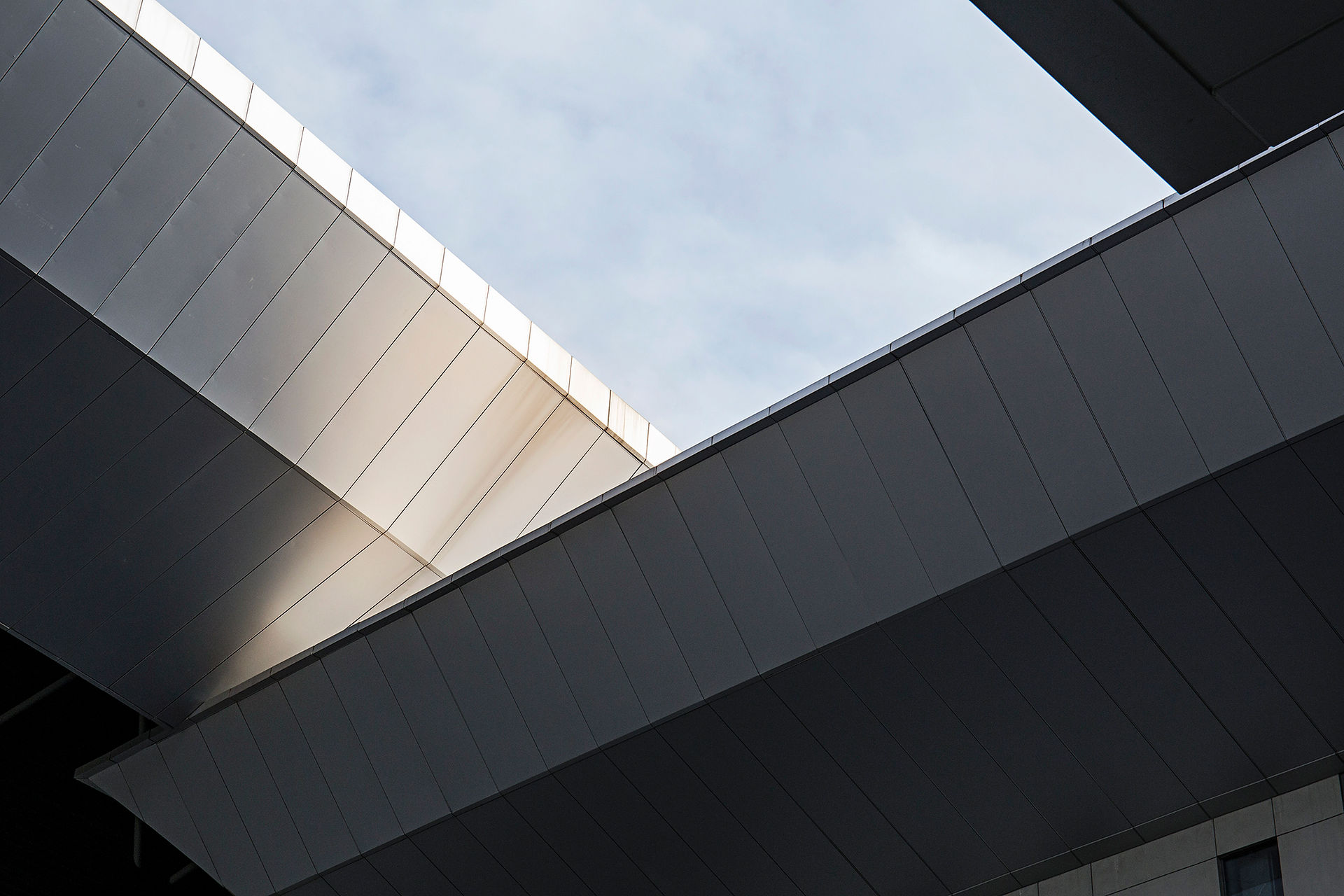Australia’s Affordable Housing Crisis: How Prefabrication Can Help Solve It
- Jan Lienemann
- Feb 10
- 3 min read
Updated: Mar 5
The Affordable Housing Crisis in Australia: A Growing Concern
Escalating Property Prices: Homeownership Slipping Away
Over the past two decades, Australia has witnessed a substantial increase in property prices. The house price-to-income ratio has nearly doubled, with the average house now costing almost nine times the average household income. This surge has rendered homeownership increasingly unattainable for many Australians.
For young families and first-time buyers, the dream of owning a home is fading. House deposits have skyrocketed, and mortgage repayments consume a significant portion of household income. The result? Many Australians are forced to remain in the rental market, further driving demand and costs upwards.
Soaring Rental Costs: A Struggle for Tenants
The rental market is also under significant strain. Rents have more than doubled over a similar period, leading to limited and expensive housing options. This trend disproportionately affects younger individuals and low-income households, exacerbating social inequalities.
Rental affordability has now reached crisis levels, with many tenants spending more than 30% of their income on rent—well above the recommended threshold for housing stress. Single-parent families, students, and essential workers such as nurses and teachers are among those struggling the most.
Insufficient Housing Supply: The Numbers Don’t Add Up
In 2024, housing approvals totalled 170,719, marking the second-lowest year since 2012 and falling significantly short of the government’s target to alleviate the housing crisis. This shortfall underscores the pressing need for innovative solutions to boost housing supply.
Compounding the issue is the slow rate of traditional construction, which is often delayed by material shortages, labour constraints, and complex approval processes. Even when new housing is built, it often caters to high-income buyers rather than those in need of affordable options.
Community Resistance to Development: A Roadblock to Progress
Efforts to increase affordable housing have sometimes met with community opposition. A proposal to convert public car parks into affordable housing in Sydney’s Inner West faced backlash from residents and business owners concerned about the loss of parking and potential negative impacts on local commerce.
This phenomenon, often referred to as NIMBYism (Not In My Backyard), is a significant hurdle in developing affordable housing in urban areas. Local opposition, zoning restrictions, and political hesitancy further complicate efforts to address the crisis.
Prefabrication: A Fast-Tracked Solution to the Housing Crisis
Speed of Construction: Housing Delivered in Record Time
Prefabrication allows for simultaneous on-site preparation and off-site manufacturing, significantly reducing construction timelines. This efficiency enables faster delivery of housing units to meet urgent demands.
Unlike traditional builds that rely on sequential construction steps, prefabricated components are manufactured in factories while site work is completed in parallel. This streamlined process means homes can be delivered in weeks rather than months.

Cost Efficiency: Affordable Housing Without Compromise
Building in controlled factory environments minimises delays caused by weather and site conditions, leading to cost savings. Prefabricated homes can be constructed up to 50% faster and may reduce costs by up to 25% compared to traditional methods.
By controlling production environments, waste is significantly reduced, and bulk purchasing of materials leads to further savings. This cost-effectiveness makes prefab housing an attractive solution for government housing projects and developers focused on affordability.
Quality and Sustainability: Long-Term Value for Homeowners
Factory-controlled settings ensure consistent quality and allow for the integration of sustainable materials and practices, resulting in durable and environmentally friendly homes.
Prefab homes are designed with energy efficiency in mind, incorporating features such as improved insulation, solar panels, and water-efficient fixtures. This reduces long-term energy costs for homeowners and lowers the overall carbon footprint of housing developments.
Design Flexibility: Customisable Living Spaces
Modern prefabricated homes offer customisable designs that can cater to diverse aesthetic preferences and functional requirements, dispelling outdated perceptions of uniformity.
Unlike the prefabricated homes of the past, today’s modular homes are stylish, adaptable, and available in various layouts and finishes. This allows homeowners to create spaces that reflect their lifestyle and needs.
Challenges and Considerations in Prefabricated Construction
Regulatory Hurdles: A Need for Policy Reform
Building codes and regulations have traditionally been tailored to conventional construction methods, necessitating updates to accommodate and promote prefabrication.
Perception Issues: Overcoming Misconceptions
Some stakeholders harbour concerns regarding the safety, durability, and aesthetic appeal of prefabricated homes. Addressing these perceptions through education and demonstration of successful projects is crucial.
Financing Barriers: The Role of Banks in Supporting Prefab Homes
Securing financing for prefabricated homes can be challenging due to unfamiliarity within the banking sector. However, institutions like the Commonwealth Bank of Australia are beginning to support the industry, recognising its potential to alleviate housing shortages.
Zen Haus Group: Pioneering Prefabricated Housing Solutions
At Zen Haus Group, we are dedicated to leveraging the advantages of prefabricated construction to provide high-quality, affordable housing solutions.
Take Action: Let’s Build the Future Together
If you're interested in discussing how prefabricated solutions can support your upcoming project, contact us at info@zenhaus.com.au. Let’s create a more affordable and sustainable housing market for Australia.

Comments